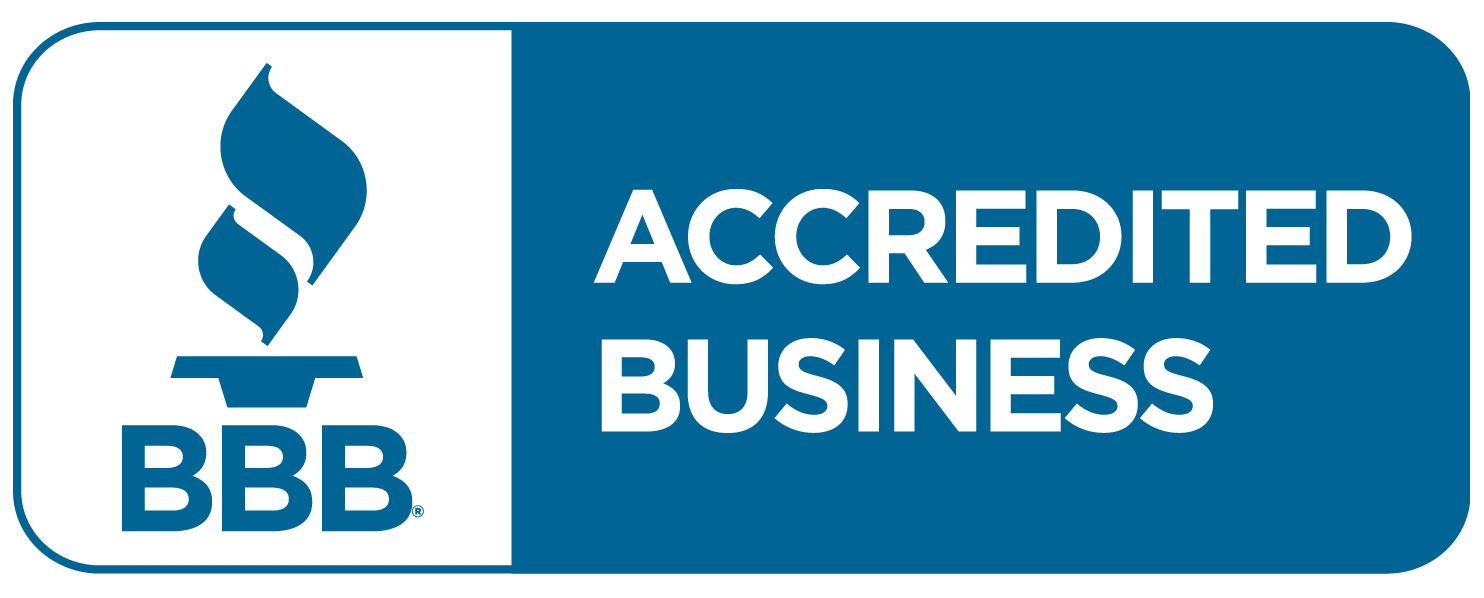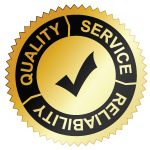4-U: About Insulation

Excessive insulation around your perimeter won’t keep you warm in a blizzard if you’re hatless and barefoot.
You may be surprised to know that full-foam insulation around a hot tub won’t necessarily insulate it far better.
First off, most of the heat in a hot tub escapes from the top and bottom, not through the sides. Much of the heat either seeps into the cold ground below where there’s typically the least insulation, or escapes through the cover on top. And ten inches of foam will not give you 10x times better R-value than one inch, because you get diminishing returns after the first inch of insulation.
Hot tub retailers love talking about their brand’s approach to insulation, and how much better they are because of it. The truth is, for south-western BC weather, the difference between one style and another will not make as big of a difference in your heating bill as you might think. Other things such as the kind of insulation, how well it’s applied, exterior temperature, exposure to wind and frequency of use make way more of a difference than how thickly the tub is insulated.
What is good about fully-foamed hot tubs is that they sometimes leak less. The foam holds the hoses in place so that they don’t move when the motor kicks on and off. This also helps prevent the plumbing from sagging, which over the years creates a subtle stretch at the bottom of the hose and a compression at the top. It also seems that the airtight foam preserves the plastic, which keeps the plumbing more resilient and less brittle, thus less prone to spring leaks.
However, the drawback of full foam is that it can lead to more serious trouble when they do leak. I talk more about this in n) Skirting, Cabinets & base and 4-L: Cheap Models in High End Stores.


A very poorly insulated hot tub compared to one that’s overkill for mild climates.






